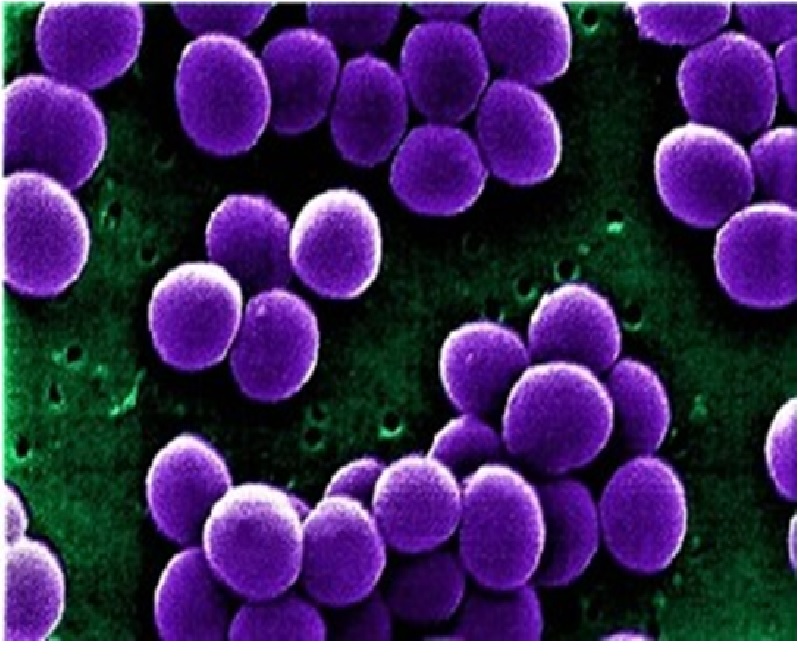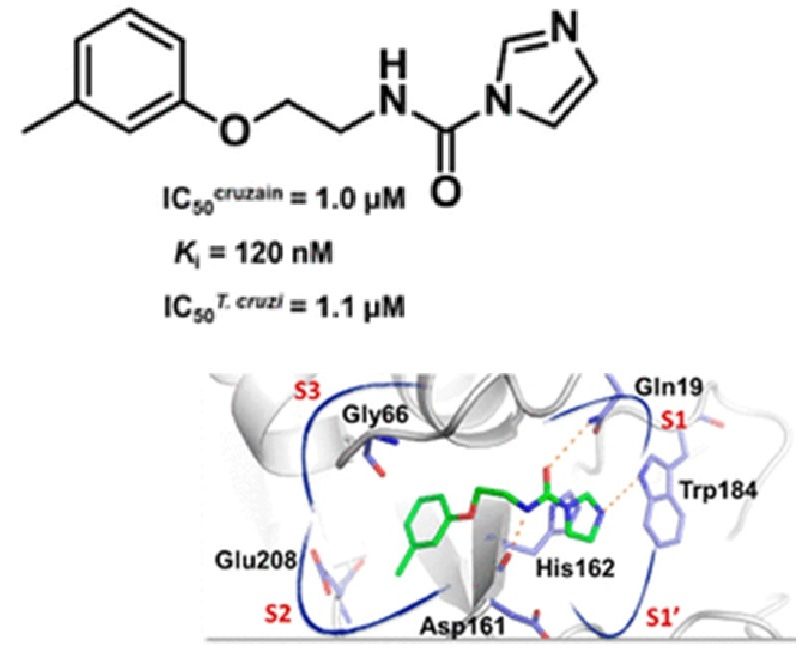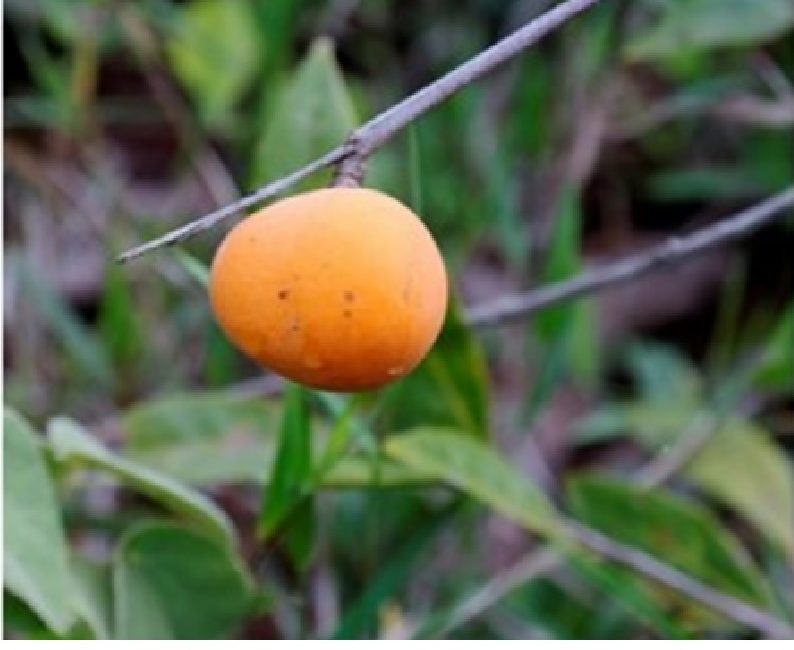
Authors:
Gebieluca Dabul, Andrei Nicoli 1 ; Avaca-Crusca, Juliana Sposto 1 ; Van Tyne, Daria 2,3 ; Gilmore, Michael S. 2,3 ; Baratella Cunha Camargo, Ilana Lopes 1
Abstract:
A tigecycline-susceptible (TGC-S) Sequence Type (ST) 5 clinical methicillin-resistant Staphylococcus aureus (MRSA) strain was cultured in escalating levels of tigecycline, yielding mutants eightfold more resistant. Their genomes were sequenced to identify genetic alterations, resulting in resistance. Alterations in rpsJ, commonly related to tigecycline resistance, were also investigated. Tigecycline resistance was mediated by loss-of-function mutations in the transcriptional repressor mepR, resulting in derepression of the efflux pump mepA. Increased levels of resistance were obtained by successive mutations in mepA itself. No alterations in RpsJ were observed in selected strains, but we observed a K57M substitution, previously correlated with resistance, among TGC-S clinical strains. Thus, the pathway to tigecycline resistance in CC5 MRSA in vitro appears to be derepression of mep operon as the result of mepR loss-of-function mutation, followed by alterations in MepA efflux pump. This shows that other evolutionary pathways, besides mutation of rpsJ, are available for evolving tigecycline resistance in CC5 MRSA.
1 Department of Physics and Interdisciplinary Science, São Carlos Institute of Physics, University of São Paulo, São Carlos, Brazil.
2 Department of Ophthalmology, Harvard Medical School, Massachusetts Eye and Ear Infirmary, Boston, Massachusetts.
3 Department of Microbiology and Immunobiology, Harvard Medical School, Boston, Massachusetts.
Link para o artigo: https://www.liebertpub.com/doi/pdf/10.1089/mdr.2017.0279







